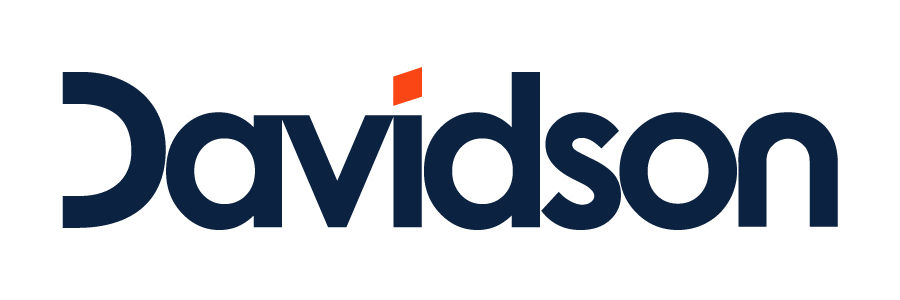Is your business ‘diversity fit’?
Gender diversity is to the 2010s what the ‘triple bottom line’ was to the late 1990s. It is a key challenge for big business and increasingly under the spotlight, particularly in the Technology space.
We are awash with stories about the dearth of women in areas of technology and digital – this is not news. However, what is of increasing interest is that although many companies are tackling the diversity problem, some approaches are more well-meaning, than effective.
A 2012 McKinsey report found that, “though CEOs made gender diversity a priority in more than 80 percent of our 60 participating companies, only about half of employees surveyed from the same companies agreed that the CEO is committed to it.”
The business case for diversity may now be proven, but it seems that action is lagging behind words.
The general consensus is that diversity is an economic reality that businesses must face. To build a dynamic and robust working environment, more women need to be involved. Unlike in the 1990s –when businesses focussed on being good corporate citizens to contribute to their bottom line –creating diverse workforces has now taken centre stage.
Deloitte’s ‘ A Global Diversity Dividend ’ report identifies:
“Diversity + inclusion = improved business performance. Gender and racial diversity are often lead indicators of a healthy organization that is fishing from a deeper pool of talent, accessing a deeper knowledge bank, and leveraging those resources throughout the business value chain. Multiple studies have shown a connection between the number of women serving as senior leaders and the company’s bottom line.”
As Deloitte so eloquently put it in their ‘ Only skin deep ?’ 2011 report: “it is not enough to create a corporate version of Noah’s Ark bringing in ‘two of each kind’. . . There is a clear argument for actively managing diversity rather than assuming you will naturally derive the benefits.”
The reality is that there is a dramatic shift in the workforce where more and more women are returning to work after having children. With this shift comes a need to adapt employee offerings and recruitment processes to ensure businesses meet women’s changing employment needs.
So what do organisations need to do?
- Hire differently
- Manage differently
- Promote differently
Here’s a checklist of things to look at when reviewing your organisation’s ‘diversity fitness’:
- What’s the public perception of your organisation in terms of diversity? Are you seen as a ‘boys club run by men’ and inflexible in your adoption of flexible work arrangements?
- What are the internal perceptions?
- What policies and procedures do you currently have in place to accommodate women?
- What positive diversity messages does your organisation use to attract women?
- Does your organisation have a specific sourcing strategy to attract women?
- What programs does your organisation have in place to manage and nurture women once you recruit them?
- How does your organisation foster women’s career progression?
- How you answer these questions will determine the next steps you need to take to make your business ‘diversity fit.’





